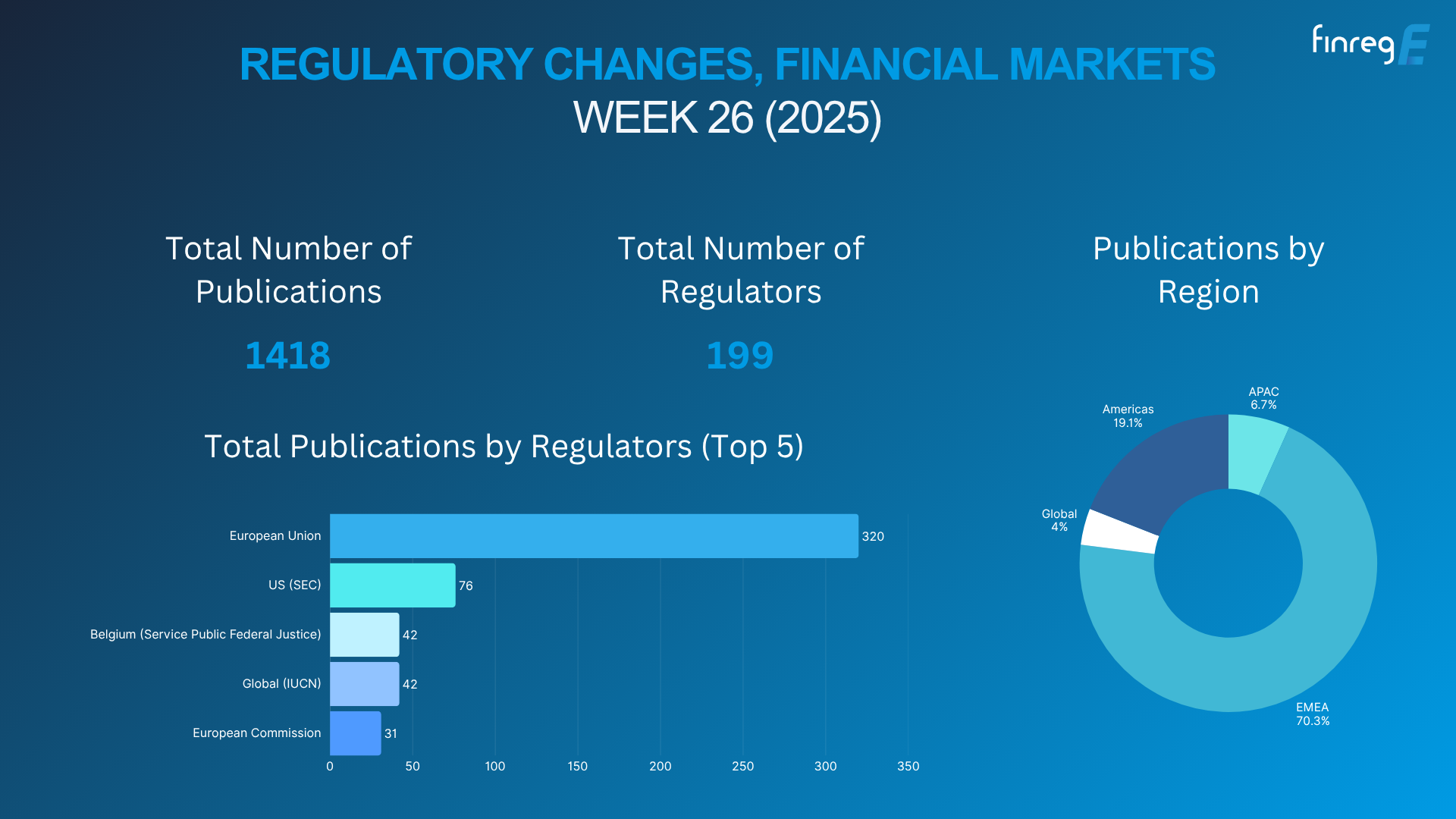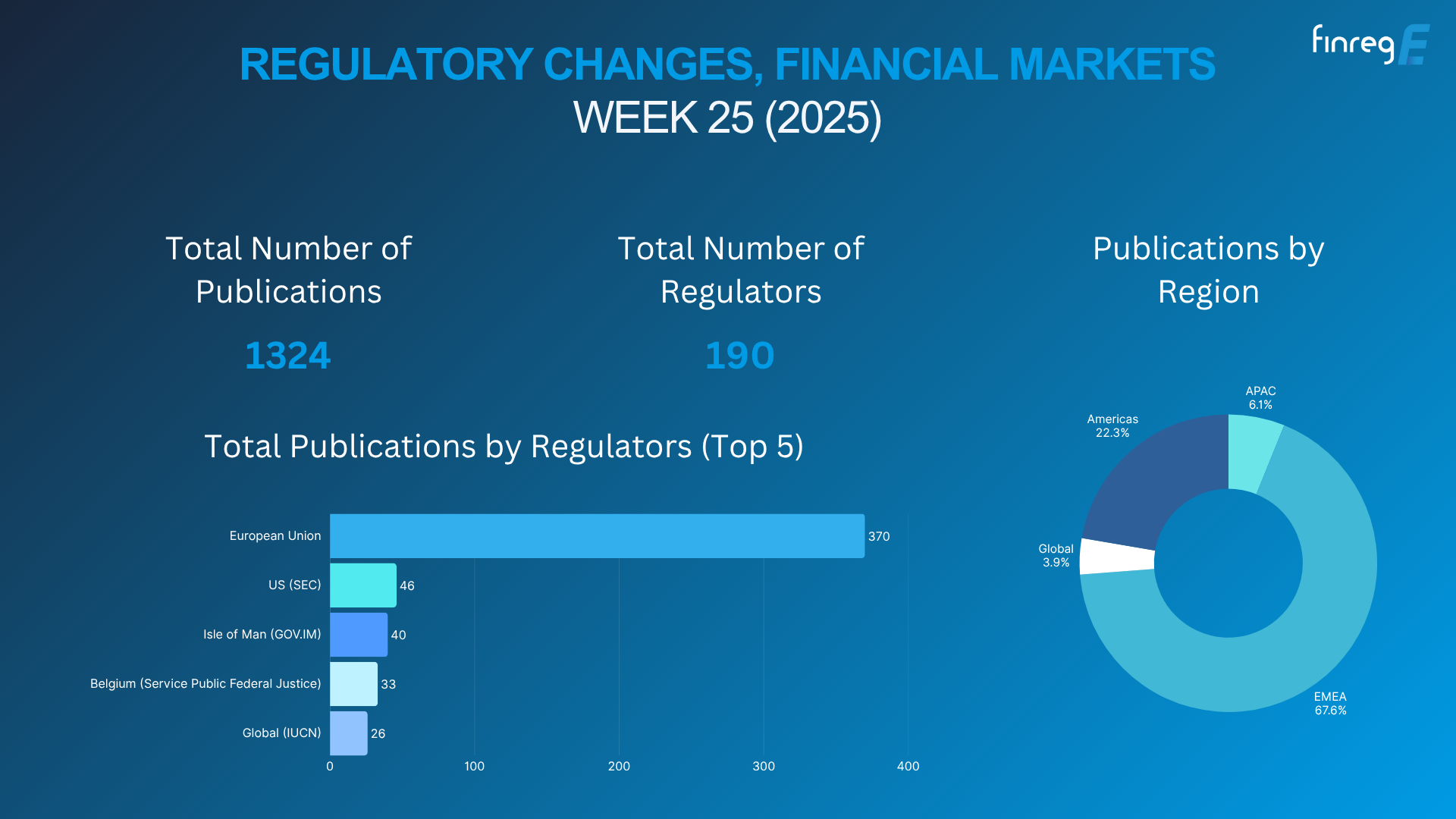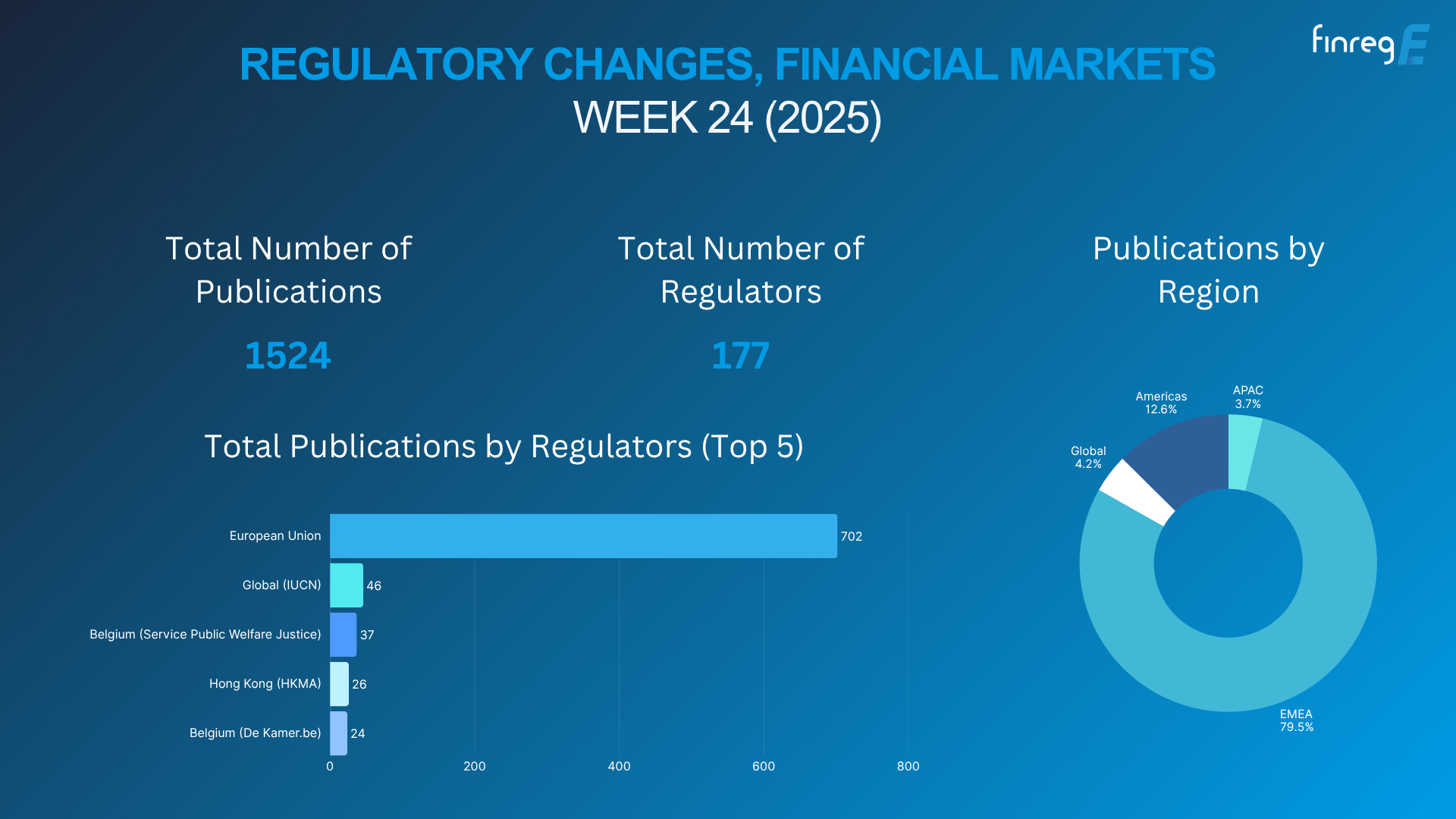As digital technologies such as blockchain disrupt the industry, organisations have to find ways to incorporate new developments into their financial operations or risk falling behind their competitors.
However, making a rapid transition to the latest digital technology is not so easily done, not with financial regulators looking to curtail some of these developments to reduce their risk.
This means financial firms have to maintain a balancing act between meeting regulatory requirements and undertaking new ventures that could foster innovation and growth.
Sticking to one path ensures that organisations are safe from penalties but could lead to stagnation while taking on unplanned risks that could lead to regulatory violations.
Despite this conundrum, it is possible for organisations to maintain a balance between innovation and regulation so they can adapt to a changing industry while avoiding compliance penalties. In this blog, we explain how to foster growth and innovation using regulatory advisory solutions.
The business benefits of regulatory advisory solutions
Improve coordination within the company
Meeting regulatory standards requires extensive coordination between different departments and the regulatory team. Yet, there is very little cooperation within the company when it comes to compliance management, leading to unnecessary delays in responding to regulatory laws, which lead to fines and even stifle innovation.
What regulatory teams need is a tool that improves coordination between departments. Regulatory advisory platforms can help in this objective by automating certain functions, such as compliance mapping, which allows regulatory teams to understand department responsibilities and assign them to relevant personnel.
Greater coordination between different departments leads to a more innovative take on company operations because you are more likely to see business units working together to complete various business functions, leading to several improvements that can streamline the processes, cutting costs and improving productivity.
Stricter monitoring and regulatory processes
Regulatory advisory solutions trigger growth and innovation through stringent monitoring techniques. Most RegTech platforms come with advanced technology such as natural language processing and cognitive machine learning.
Utilising these technologies, organisations can get better insight into how well they abide by different regulatory laws, such as the Anti-Money Laundering Act. The additional insight into compliance processes allows organisations to identify and mitigate any risks in their compliance processes to reduce the risk of a violation and incur a costly penalty.
Moreover, organisations can use this granular insight to improve business operations. For example, they can build resilience into operating procedures to reduce the operational risk, which makes innovative strategies less costly and far more enticing than before, encouraging organisations to take on more experimentative initiatives at a time when digital technology is disrupting the financial sector.
Reinvent processes to improve business value
When implemented correctly, regulatory platforms can bring significant benefits to financial organisations. These automated platforms can lower costs, improve compliance procedures, and augment financial crime detection. Furthermore, eliminating manual processes and human bias from compliance management achieves cost optimisation.
However, organisations can leverage the technology to foster business and growth strategies by using existing assets. For example, the platform can process large volumes of data from proprietary systems and external sources to improve compliance processes, such as counterparty credit analysis and underwriting.
Moreover, firms can utilise these digital solutions to reinvent company processes and strategies, which can help organisations recalibrate labour strategies. For example, automated compliance platforms can help organisations reallocate personnel towards more value-driven work and alleviate some of the rote duties of compliance management, allowing organisations to draw more value from their financial compliance processes.
Balancing strict regulation with innovation
As advanced technology, such as blockchain and artificial intelligence, continue to make waves in the financial services industry, organisations need to maintain a precarious balance between innovation and growth while adhering to strict financial regulatory standards.
However, by cleverly implementing automated compliance technology, financial organisations can turn compliance management into a source of innovation and growth.
Most RegTech solutions use advanced technology, such as AI and machine learning, to break down the barriers that hinder innovation and growth, such as inter-departmental communication, the cost of experimentation, and the option to reallocate resources. This is critical for creating an innovative environment while meeting compliance requirements.
In the future, RegTech will play a critical role in regulatory operations due to its ability to streamline and ease burdens as compliance obligations grow and become more complex.





